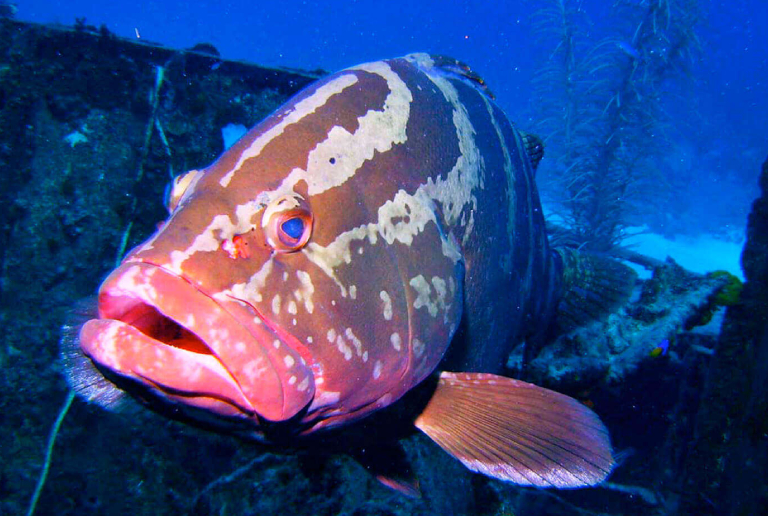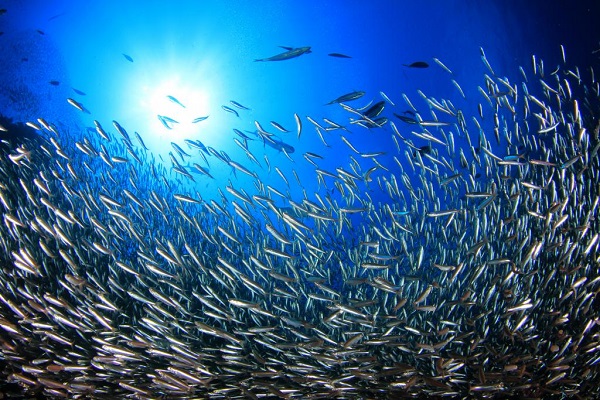
What Are Fisheries Laws?
Fisheries laws are a government’s take on protecting the species from overfishing to ensure the regular availability and supply of seafood for the consumers. Some of these statutes are also drawn to ensure the safety and quality of the seafood products.
In many countries, the fisheries law also emcompasses regulation of the various activities that go with fishing. That includes fishing permits, licences, catch limits and setting dates for fishing and fish breeding.
What is the purpose of fisheries laws and regulations?
Commercial fishing is a billion dollar industry and it has only two sources: the fish from the oceans and freshwaters. Unlimited as this source might seem, the stark truth is far from reality. Overfishing is depleting the fish stock and emptying the world’s oceans of many species of fish and sea mammals.
Every country has its own definitive set of rules and regulations for fishing. But the purpose is the same. The overall function of these rules is to:
- Protect fish resources.
- Conserve the ocean ecosystem
- Allow time for the fish to breed, thus ensuring the survival of the species.
- Prevent fishing of protected species of fish.
- To spread awareness amongst the fishing community and industries to conserve their only resource of livelihood.
- To allow local fishermen to carry on with their livelihood.
- To attain maximum fishing yields.
- To establish fishery information monitoring systems.
- To create awareness and the implementation of sustainable fishing methods.
Know More About : How To Get An International Fishing License?
Fisheries Laws in the USA
In the US, the Magnuson Stevens Fishery Conservation And Management Act (MFCMA) is the primary law for marine fishing. The law was enforced to set annual catch limits and ensure that accountability measures are followed to prevent overfishing. The accountability measures of the MFCMA includes
- Setting size limits for fish and other seafood like crabs and shrimp.
- Setting limits on the number of fishing trips made every year.
- Setting restrictions on the use of gear and nets to prevent overfishing or damage of the underwater ecosystem.
- Implementing seasonal closures for breeding of the stock.
There are other notable fisheries laws that have been enforced over the years in the USA.
Endangered Species Act or ESA
Amended several times since it was first enforced in the 1970s, the ESA protects the conservation of endangered species and the delicate oceanic ecosystem.
Fishermen’s Protective Act
Established in 1967, this act authorizes the Secretary of Commerce to set up funds to reimburse the loss or damage of boats that are engaged in fishery or if they are damaged by ships or boats that do not belong to the US.
International Fisheries Law And Policy Portal
This law came into place in 1999 and was primarily established to provide access to documentation and information on international fisheries agreements, fisheries organizations, and information on international fisheries laws.
National Fish Habitat Conservation Act
The sole purpose of this act is to address the loss and degradation of the ecosystem and the habitat of fish and other marine animals.
Enforcing laws to protect the marine ecosystem and to ensure uninterrupted economic opportunities for the fishing industry, the US has several other services like National Marine Fisheries Service, Office of Sustainable Fisheries, and United States Fish And Wildlife Service.

Organizations Working To Enforce Fisheries Laws In the US
Organizations that protect fish habitats
The US is geographically blessed with abundant perennial sources of water. Fed by seasonal rains, melting snow caps, and underground springs and some of the largest lakes in the world, the US knows how to protect its water resources and the livelihoods that depend on it. Most of these water resources are teeming with fish stocks that depend on the ecosystem to breed and sustain the other lives that depend on the habitat.
Some of the organizations that solely function to protect these habitats include:
- Ohio River Basin Fish Habitat
- Southwest Alaska Salmon Habitat
- Midwest Glacial Lakes
- Reservoir Fisheries Habitat
- Southeast Aquatic Resources
- Western Native Trout Initiative
- Hawaii Fish Habitat
- Matanuska-Susitna Basin Salmon Habitat
Collectively, these acts work to enforce
- Functional habitat restoration programmes
- Improving stream, estuarine, coral reef and coastal marine habitats.
- Inclusion of local communities to participate in habitat protection.
- Protecting the species of fish and mussels in the watersheds of the Ohio River Basin.
- Enhancing the protection of Midwestern glacial lakes fish and aquatic communities.
- Conserving fish species that depend on reservoir ecosystems for survival.
- Partnering local communities, native organizations, anglers, hunters, lodge owners, fishing guides with local and state agencies to conserve fish, wildlife and habitats.
Apart from all this, there are special acts to protect and conserve anadromous salmonid species and other endangered species like coho, chinook salmon and steelhead trout. There are several ongoing efforts to revive desert fish habitats in the US. By monitoring catch levels, and protecting the ecosystems and habitats, the US has been quite successful in sustaining its fish stock in the fresh waters and in the oceans.





